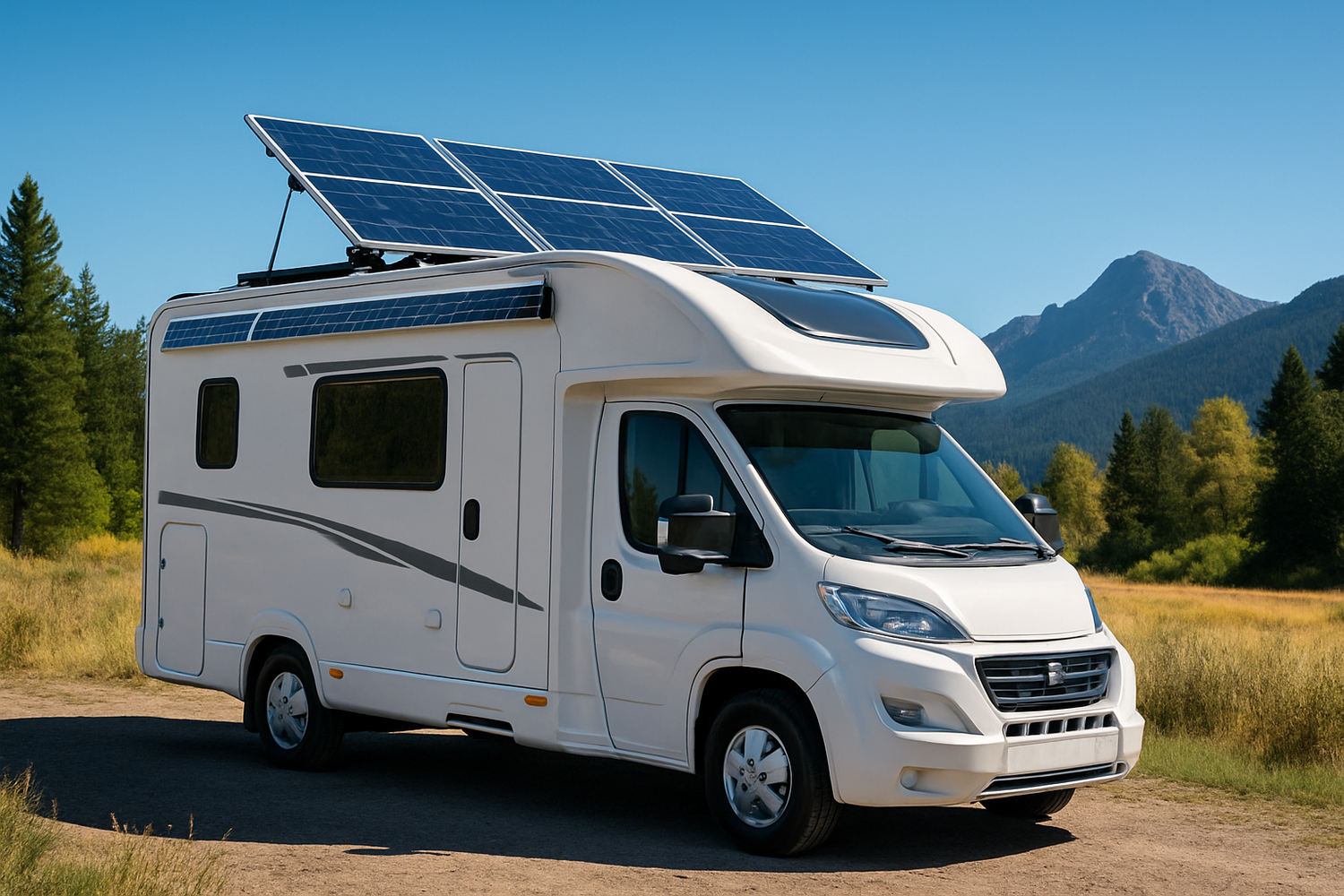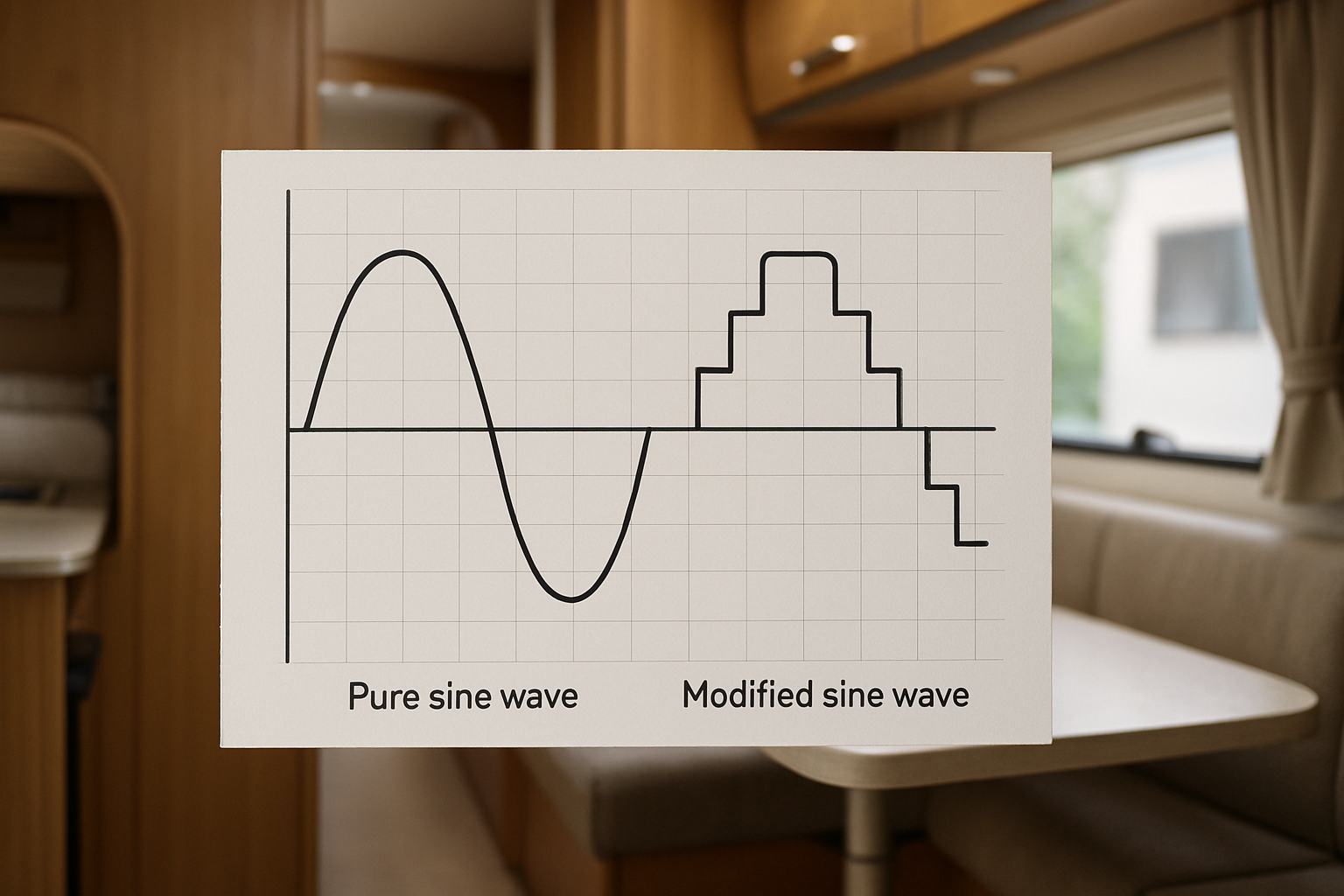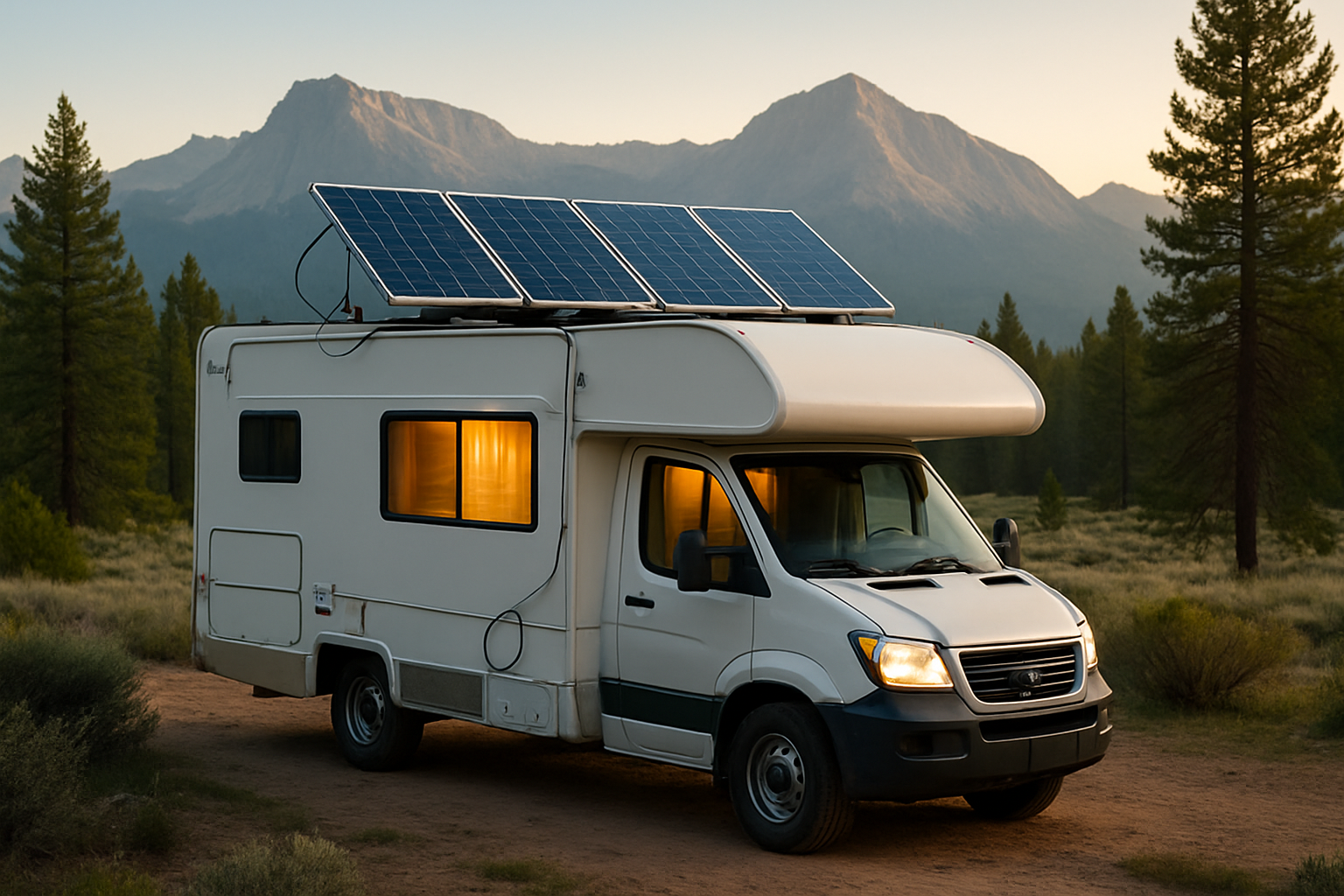Many RV owners dream of energy independence, picturing endless off-grid adventures. A common question arises during planning: do you truly need 400Ah batteries for your RV solar system? The answer is not a simple yes or no. Your specific energy needs, battery chemistry, and overall system design play crucial roles. This article will help you navigate the complexities of RV solar battery sizing, ensuring you build a system that perfectly matches your lifestyle without unnecessary expense or bulk.

Understanding Your RV's Energy Needs
The first step in designing any effective RV solar system is to accurately assess your daily power consumption. Without this crucial information, you risk either oversizing your battery bank, leading to wasted money and weight, or undersizing it, resulting in frustrating power shortages.
Calculating Daily Power Consumption
To determine your daily energy requirements, list every electrical appliance you plan to use in your RV. For each item, identify its wattage and estimate how many hours you will use it per day. Multiply the wattage by the usage hours to get the Watt-hours (Wh) consumed by that appliance. Summing these values for all appliances gives you your total daily Watt-hour consumption.
For example, if a 100-watt light runs for 4 hours, it uses 400 Wh. A small refrigerator might run continuously, cycling on and off, averaging 50 watts over 24 hours, consuming 1200 Wh. Convert this total Wh to Amp-hours (Ah) by dividing by your system voltage (typically 12V for RVs). If your total daily consumption is 1200 Wh, that's 100 Ah (1200 Wh / 12V = 100 Ah).
Appliance Wattage and Usage Patterns
Different appliances have varying power draws. High-wattage items like microwaves, coffee makers, or hair dryers consume significant power quickly, even if used for short periods. Lower-wattage items, such as LED lights, phone chargers, or water pumps, draw less power but can contribute significantly to overall consumption if used for many hours. Consider your typical usage patterns: are you a weekend warrior, a full-time boondocker, or something in between? Your habits directly influence your energy needs.
| Appliance | Typical Wattage | Estimated Daily Usage (Hours) | Daily Watt-hours (Wh) |
|---|---|---|---|
| LED Lights | 10-20W | 4-6 | 40-120 |
| RV Refrigerator (12V) | 40-60W (average) | 24 | 960-1440 |
| Laptop Charging | 50-100W | 2-4 | 100-400 |
| Water Pump | 60-80W | 0.5-1 | 30-80 |
| Fan | 20-40W | 4-8 | 80-320 |
| Microwave | 800-1500W | 0.1 (6 min) | 80-150 |
Battery Technology and Capacity Explained
The type of battery you choose dramatically impacts the usable capacity and overall performance of your RV solar system. Understanding battery chemistry is key to making an informed decision about your battery bank size.
The Rise of LiFePO4 Batteries
Lithium Iron Phosphate (LiFePO4) batteries have become the preferred choice for RV solar applications due to their superior performance characteristics. They offer a much longer cycle life, can be discharged deeply without damage, are lighter, and charge more efficiently than traditional lead-acid batteries. For instance, a LiFePO4 battery can typically be discharged to 80-100% of its capacity without significantly impacting its lifespan, while lead-acid batteries are generally limited to 50% discharge to preserve their health.
The global trend shows a significant increase in energy storage deployment. For example, cumulative electricity storage deployment has grown steadily since 1960, with projections indicating continued expansion under various scenarios.
What "Ah" Really Means for RVs
Amp-hours (Ah) measure a battery's capacity, indicating how much current it can deliver over a period. However, the usable Ah is what truly matters for your RV. A 100Ah lead-acid battery provides only about 50Ah of usable power to maintain its health. In contrast, a 100Ah LiFePO4 battery offers closer to 80-100Ah of usable power. This means a 200Ah LiFePO4 battery can provide a similar amount of usable energy as a 400Ah lead-acid battery, but with less weight and a longer lifespan.
This fundamental difference often debunks the myth that you automatically need a 400Ah battery bank. For many RVers, a well-designed 200Ah or 300Ah LiFePO4 system provides ample power, especially when coupled with an efficient solar charging setup.
Sizing Your RV Solar Battery Bank
Once you understand your energy consumption and battery types, you can accurately size your RV solar battery bank. This involves balancing your daily needs with the battery's usable capacity and your solar charging capabilities.
Matching Battery Capacity to Your Lifestyle
Consider your RVing style. If you take short weekend trips and occasionally use shore power, a smaller LiFePO4 battery bank (e.g., 100-200Ah) might be perfectly adequate. For extended off-grid adventures or full-time boondocking with more appliances, a larger bank (e.g., 200-300Ah LiFePO4) could be more appropriate. The goal is to have enough stored energy to cover your daily needs, plus a buffer for cloudy days, without overspending on unnecessary capacity.
For example, if your daily consumption is 100 Ah, a 200 Ah LiFePO4 battery provides two days of autonomy without any solar input. This gives you peace of mind during periods of low sunlight.
The Role of Solar Panels and Charge Controllers
Your solar panels are responsible for replenishing the energy used from your batteries. A sufficient solar array can significantly reduce the required battery capacity. For instance, a 400W solar array can generate approximately 150-200 Ah on a good sunny day, depending on factors like panel angle, temperature, and shading. The charge controller, an integral part of your solar system, efficiently manages the power flow from your solar panels to your batteries. Maximum Power Point Tracking (MPPT) charge controllers are highly recommended for their efficiency in converting solar energy, especially when compared to older Pulse Width Modulation (PWM) controllers.
Solar technology is highly modular, allowing deployment at various scales, from large utility-scale projects to smaller rooftop installations. This adaptability extends perfectly to RV solar systems.
Beyond Capacity: Factors for a Robust RV Solar System
A well-performing RV solar system involves more than just battery capacity. Several other components and considerations contribute to its overall efficiency, reliability, and longevity.
Inverter Selection and Efficiency
An inverter converts the DC power from your batteries into AC power for household appliances. For sensitive electronics, a pure sine wave inverter is crucial, providing clean and stable power. Modified sine wave inverters are less expensive but can damage or run certain appliances inefficiently. The inverter's efficiency also impacts your usable battery power; a more efficient inverter wastes less energy during conversion.
Monitoring and Management Systems
Effective monitoring is vital for managing your RV's energy. A quality battery monitor, often shunt-based, provides real-time data on your battery's state of charge, current draw, and remaining capacity. This information helps you make informed decisions about power usage. LiFePO4 batteries typically include an integrated Battery Management System (BMS), which protects the battery from overcharging, over-discharging, over-current, and extreme temperatures, ensuring safety and extending its lifespan.
Advanced energy storage systems, even at utility scale, demonstrate the power of integrated storage. Projects like Crescent Dunes showcase how captured solar energy can be delivered to the grid during peak demand, highlighting the reliability and efficiency of modern energy storage.
Achieving Energy Independence
The idea that every RV solar setup requires 400Ah batteries is a common misconception. Your actual needs depend on your specific power consumption, the efficiency of your appliances, and the type of battery technology you choose. By accurately calculating your daily energy use and opting for high-performance LiFePO4 batteries, you can design an RV solar system that provides reliable, scalable power without excessive capacity. Focus on a balanced system that includes appropriately sized solar panels, an efficient charge controller, and a robust inverter to truly achieve energy independence on your adventures.
Frequently Asked Questions
Is 400Ah LiFePO4 overkill for an RV?
For many RV owners, 400Ah of LiFePO4 battery capacity is more than what they actually need. A 200Ah or 300Ah LiFePO4 battery bank often provides sufficient usable energy, equivalent to a much larger lead-acid bank, while saving on weight, space, and cost. Your specific energy consumption dictates the optimal size.
How do I calculate my RV's daily power consumption?
Create a list of all your RV appliances. For each, find its wattage and estimate daily usage hours. Multiply wattage by hours to get Watt-hours (Wh). Sum all Wh values for your total daily consumption. Divide this total Wh by your system voltage (e.g., 12V) to get your daily Amp-hour (Ah) requirement.
What is the advantage of LiFePO4 over lead-acid for RV solar?
LiFePO4 batteries offer several key advantages: they can be discharged much deeper (80-100% vs. 50% for lead-acid), have a significantly longer cycle life (thousands of cycles vs. hundreds), are lighter, charge faster, and maintain a more consistent voltage throughout their discharge cycle. This translates to more usable power and a longer-lasting system.





Leave a comment
All comments are moderated before being published.
This site is protected by hCaptcha and the hCaptcha Privacy Policy and Terms of Service apply.